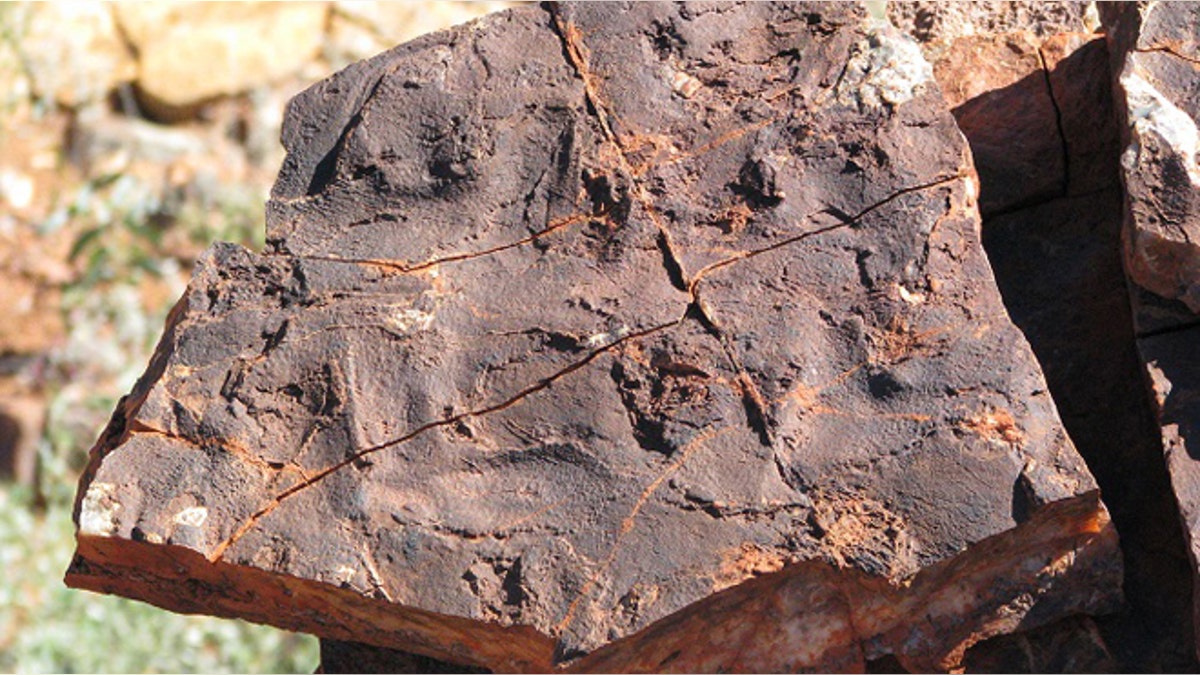
A rock surface displaying polygonal oscillation cracks in the 3.48 billion years old Dresser Formation, Pilbara region, Western Australia. (Nora Noffke/Carnegie Institute)
Scientists have discovered what may be the earliest sign of life on Earth. Remains of nearly 3.5-billion-year-old bacteria has been found in north-west Australia.
Evidence of the never-before-seen bacteria was found in sedimentary rocks in the remote Pilbara region, home to the world's oldest rock formations.
"There was plenty of life from the 3.4 and 3.43 billion-year-old mark – this is pushing it further back," researcher David Wacey, from the University of Western Australia told The Telegraph.
While there are no cells from the microbially induced sedimentary structures (MISS) to be studied under the microscope, scientists observed the marks left behind created by large clusters of microbes.
"We don't see the microbe themselves but we large scale structures that the microbes constructed before they died," Wacey said.
Other life forms have been studied in the region before including microfossils of bacteria indicating the Pilbara region holds many clues to the early evolution of life.
The discovery "helps with our understanding of when life first evolved and what sort of environment it evolved in and putting firm dates on when some pretty important things happened," Wacey explained. "Ultimately, we are looking for when that soup of chemicals became something that could be called life."
The findings are published in the journal Astrobiology.




















